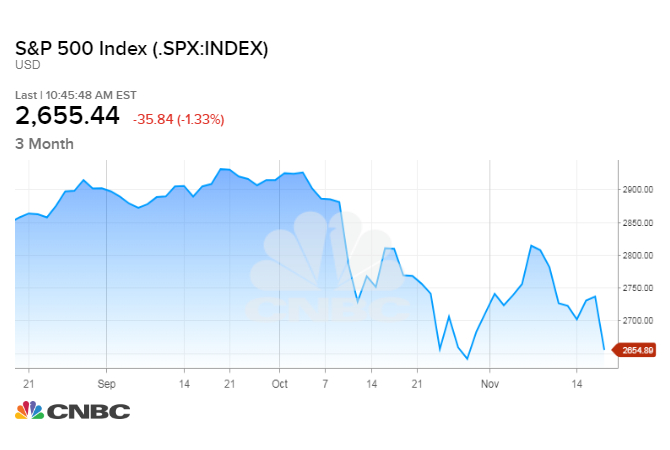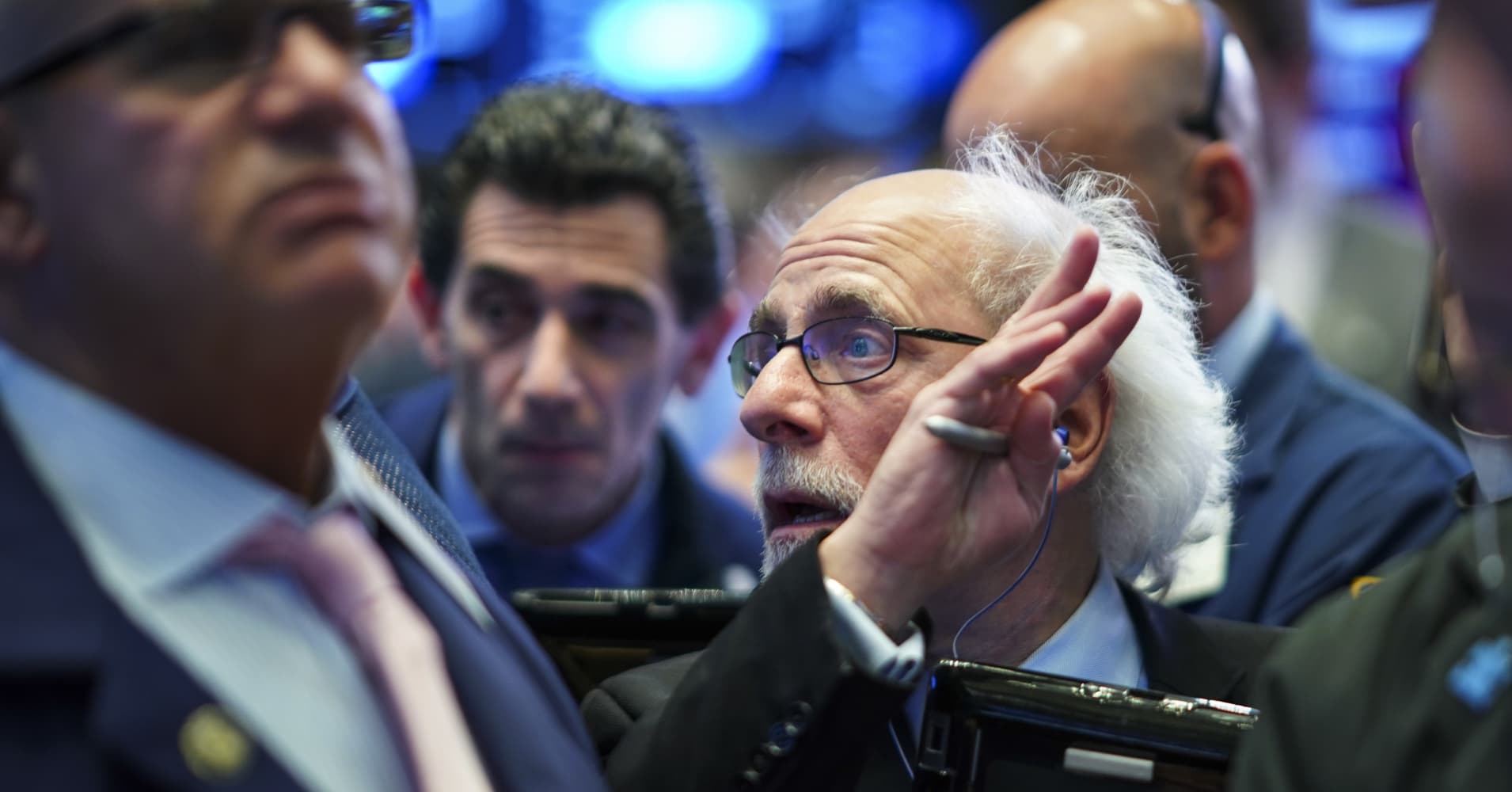Let’s keep this correction and big down days in perspective. Sure, it is painful when big-cap stocks move down. They are more like planets, with much stronger gravitational pulls versus smaller-cap stocks. In that same analogy, the small-cap stocks are more like asteroids, and thus don’t pull markets down as much or as fast.
Often, when we talk stocks and markets on CNBC we cite the fact that so much of market volume and thus trading these days is algorithmic, high frequency or passive investing through exchange traded funds. While some dismiss the fact that these types of trades sometimes account for north of 90 percent of daily volume, the truth is that this is precisely why the moves, both up and down, are so extreme.

The algos do what they were programmed to do. While artificial intelligence is certainly what Wall Street is rapidly tying to employ, the algorithms I’m discussing are not AI or true neural networks. They are a series of what-if scenarios responding to other what-if scenarios and executed at near the speed of light by computers, not human beings.
Monday’s action and that of the past five or six weeks appears to be a selective selling of stocks with the highest multiples and stocks that have had the best returns year-to-date. The algos seek out those targets of opportunity and hit these stocks rapid-fire, selling them harder as they drop. That is not what we’re used to seeing when human beings are behind the trades.
Ten years ago, before algos dominated the markets, we’d see more buyers (generally hedge funds, many of which have now closed their doors) interested as prices declined, but since so many algos are programmed to lower bids and the number of shares as stocks drop, the selling generally accelerates. The algos pushing on and through these thinner bids are the equivalent of throwing gasoline on a fire.
But before the bulls demonize this practice, keep in mind it is simply the opposite of what happened in the first four weeks of January, when the more the algos bought, the more they ran stocks to the upside. Why? Because the faster stocks rose, the more the offer side got thinner, and the more the algos pushed through, driving prices higher.
Just to further highlight why these moves can be so exaggerated, keep in mind that top holdings of the QQQ, the Invesco ETF tracking the Nasdaq 100, are Apple, at 13.2 percent, Microsoft at 10.2 percent, Amazon at 9.8 percent, Alphabet at 4.7 percent and Facebook at 4 percent. When algorithmic selling hits the QQQ, these five stocks account for nearly 42 percent of that index.
Jon Najarian is a CNBC contributor and co-founder of Investitute.com.
